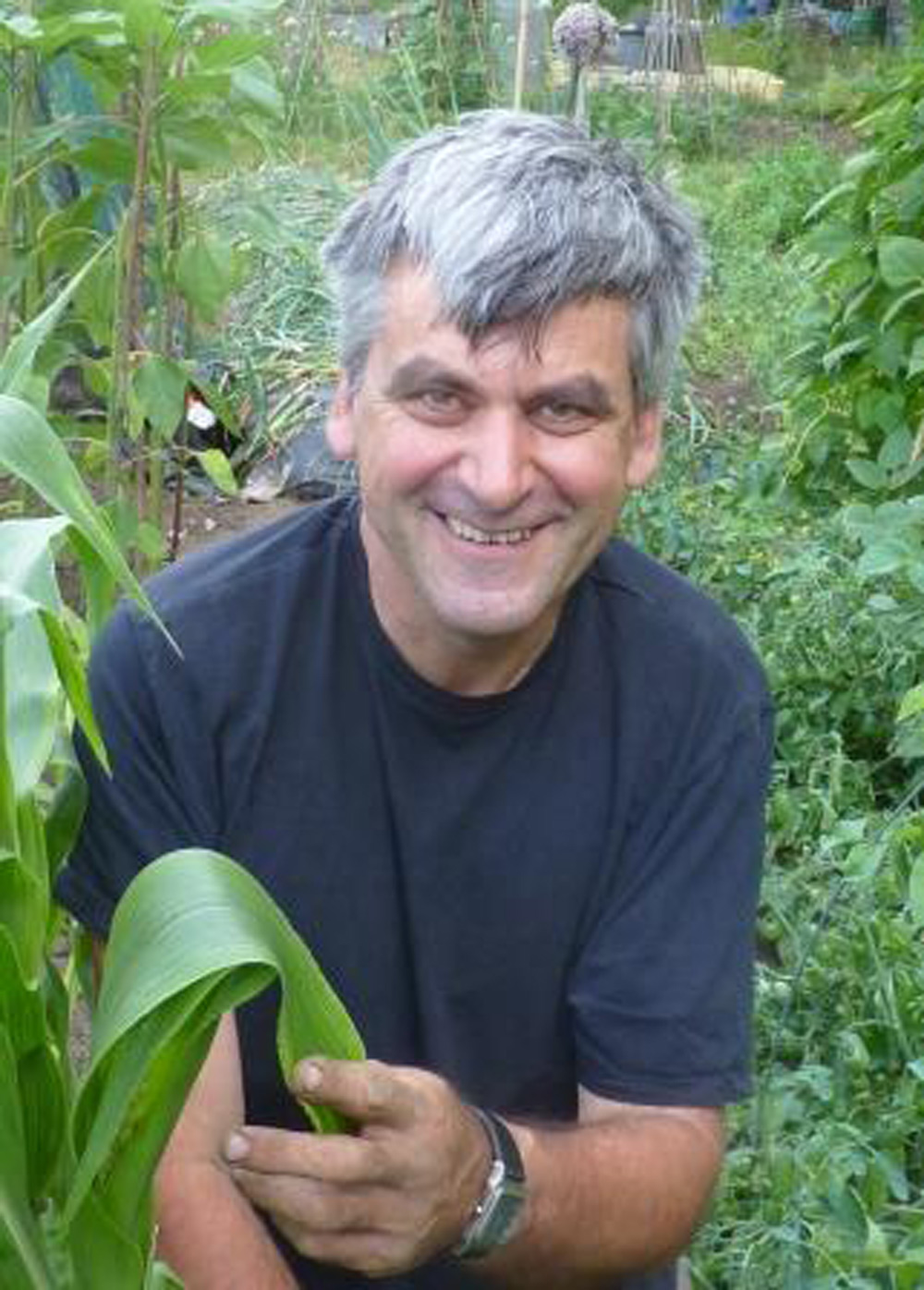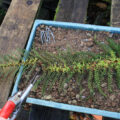RHS chief horticulturalist, Guy Barter, on what to expect this year…
Planet-friendly gardening
Our 2023 predictions are centred on the move towards planet-friendly gardening, with gardeners finding new ways to encourage even more wildlife onto their patch, trying innovative sustainable techniques to improve their soil and be water-wise. Non-traditional lawns, green landscaping and the welcoming back of previously undesirable garden visitors also make the list for 2023.
Thriving houseplants
As a warming climate causes us to dial down the central heating, houseplants will flourish. The heat and dry air of centrally heated homes isn’t good for most plants, so more unusual exotics such as Cymbidium and Dendrobium orchids and scented-leaf pelargoniums will perform better in a cooler home.
Peat-free gardening
With peat-based bagged compost to be banned in the UK in 2024, more gardeners will seek out environmentally-friendly wood-based compost alternatives. Seaweed could be used to complement these alternatives.
Gardening goes tech
Apps and social media are becoming more important as gardeners share what’s happening on their patch. This sharing of information online will also give the added benefits of mapping plant health problems and shaping research projects.
Grow your own herbs
Herbs are a cheap and easy way for people to add extra flavour to meals, and searches for herbs were up almost 600% this winter, compared with 2021. The most sought after varieties were classics such as mint and coriander, with the addition of more unusual varieties including edible flowers and lemon balm. Most herbs are easy to grow from seed, providing another cost saving, and can be sown indoors from March to April and outside from April to August.
Innovative climate-resilient gardens
Following the heat and drought of summer, gardeners will be looking for ways to future-proof their spaces for a more extreme climate. Gravel gardens and xeriscaping (gardens designed to minimise future watering) will be popular, but a changing climate doesn’t have to mean a totally different look for gardens. There are a few swaps gardeners could make to retain the same feel, including fragrant choisya for hydrangeas and Phygelius for fuchsia.
Changing lawns
Gardeners will be saving time by giving up parts of their lawn to pollinators and other garden wildlife, letting borders grow long or looking into lawns that require less water and maintenance.
This includes tapestry lawns made up of low-lying, intertwining flowering plants such as yarrow and selfheal and mini wildflower meadows with native plants like yellow rattle and cornflower. Plants previously thought of as weeds, including dandelions, are also embraced for their ability to blend into their green surrounds.











Leave a Reply